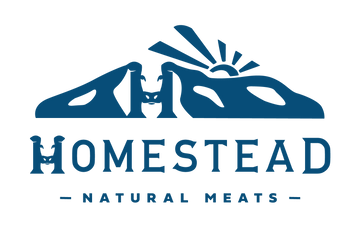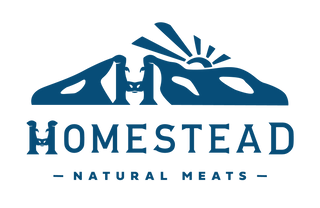Stewards of the Land – The Legacy of the LaValley Family
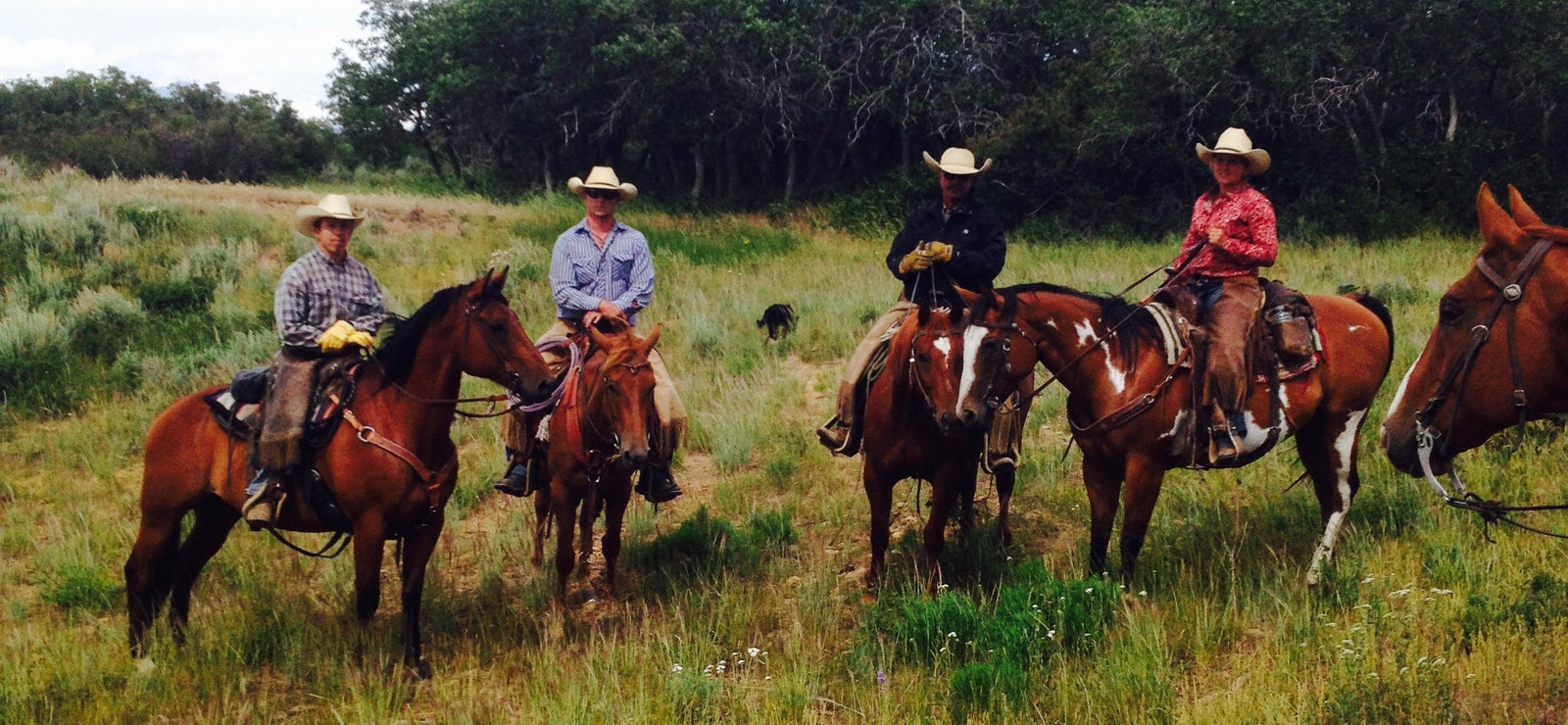
The sun is barely up over Colorado’s North Fork Valley when the LaValley family heads out for their morning check. Dew clings to the grass, and the sound of cattle echoes across the pasture. Out here, on a piece of land that’s been home to four generations, with a fifth already learning the ropes, stewardship isn’t a talking point. It’s a way of life.
“If you take care of the land, it’ll take care of you,” says Bill LaValley. “That’s been our philosophy for as long as I can remember.”
For more than a century, the LaValley family has worked the same ground in Hotchkiss, Colorado. Through droughts, market swings, and changing times, one thing has remained constant: a deep respect for the land that sustains both cattle and community.
A Legacy Rooted in Stewardship
The LaValleys aren’t just ranchers; they’re caretakers. Every generation has added something new to the family operation, blending hard work with a sense of purpose that goes beyond profit.
Bill and his sons, Robbie and Ross, represent the fourth generation to manage the ranch, while the next is already beginning to learn what it means to live by the same values.
“Stewardship means everything,” one family member says. “It’s been ingrained from my parents into me. They didn’t just tell me how to care for the land. They showed me every day through their actions.”
That commitment has earned LaValley Ranch statewide and national recognition, including the Colorado Leopold Conservation Award and the NCBA’s Region 5 Environmental Stewardship Award. But if you ask the family, awards aren’t the goal; they’re simply proof that doing things the right way works.
“Healthy rangelands are critical for the productivity of our ranch,” says Mark LaValley. “If we didn’t take care of the land, we wouldn’t be in business.”
Working with Nature, Not Against It
Ranching on Colorado’s Western Slope isn’t easy. With only about ten inches of rainfall each year, managing grass, water, and livestock requires careful planning and deep local knowledge.
The LaValleys practice rotational grazing, moving cattle strategically to give pastures time to rest and recover. Over the years, that approach has transformed the landscape, reducing bare ground, building healthy root systems, and allowing the soil to capture every drop of moisture.
“We used to see water running off into ponds,” Mark says. “Now, because of how we manage the grass, the water goes straight into the ground instead. Even the deer follow the cows to feed on that regrowth.”
Stewardship here isn’t about preserving a picture-perfect view. It’s about creating a living, breathing ecosystem that works for everyone: livestock, wildlife, and people alike.
Generations That Grow Together
Ask anyone on the ranch what makes their work meaningful, and they’ll likely say the same thing: family. Ranching is both labor and love, filled with long days, tough seasons, and quiet satisfaction when the land responds to care.
Each generation brings new ideas, but the core values remain the same. As Bill puts it:
“Every generation’s added to it, and we’ve weathered a lot of storms, just like everyone else. But the foundation stays the same: take care of what takes care of you.”
That philosophy isn’t just passed down in words. It’s learned through the rhythm of daily work: checking fences after a windstorm, moving cattle before a rain, and fixing water lines before dawn. It’s in those moments that stewardship is taught—one decision, one season, and one generation at a time.
Tied to the Land, Connected to the Community
The LaValley family’s commitment to the land extends beyond their fencelines. They are one of several ranch families behind Homestead Meats, a USDA-inspected, Certified Humane facility that connects Western Colorado consumers directly to the ranchers who raise their food.
Through Homestead, the LaValleys’ pasture-to-plate approach gives customers something rare in today’s world: a relationship with their food and the people behind it.
“We’re able to connect directly with customers through our retail store,” says Mark. “They know what they’re getting, they know where it’s raised, and they enjoy that it’s local.”
That connection between producer and consumer, between land and table, is the heartbeat of Homestead’s mission.
Why It Matters
In a time when most food comes from anonymous sources, the LaValleys and families like them remind us that the best things still come from people who care deeply about what they do.
When you choose Homestead Natural Meats, you’re not just buying beef. You’re investing in families who protect open space, nurture wildlife, and ensure that the Western Slope remains a place where good land and good people thrive together.
“Some decisions are about this year,” says Mark. “But most of the time, we’re thinking about the next 50 years. If you manage it right, everything flourishes, and it’ll be here for the next generation.”
At Homestead, stewardship isn’t just a word. It’s a promise.
From the ranchers who raise the cattle to the team who cuts every steak by hand, our shared goal is the same:
Take care of the land. Take care of the animals. Take care of each other.
